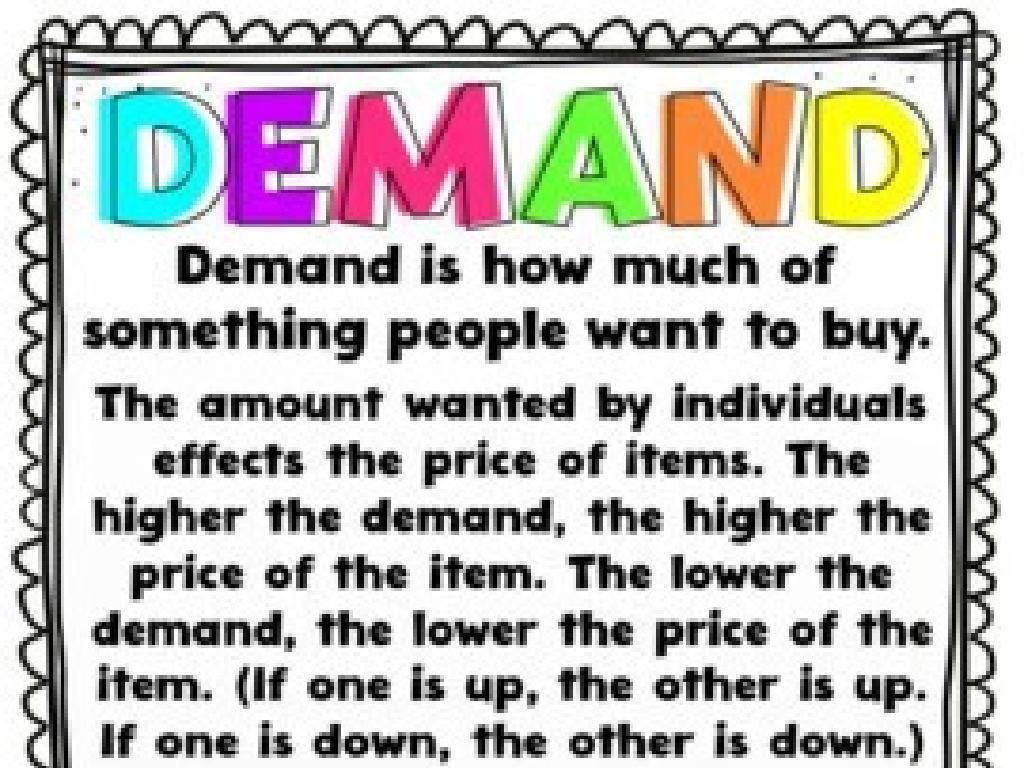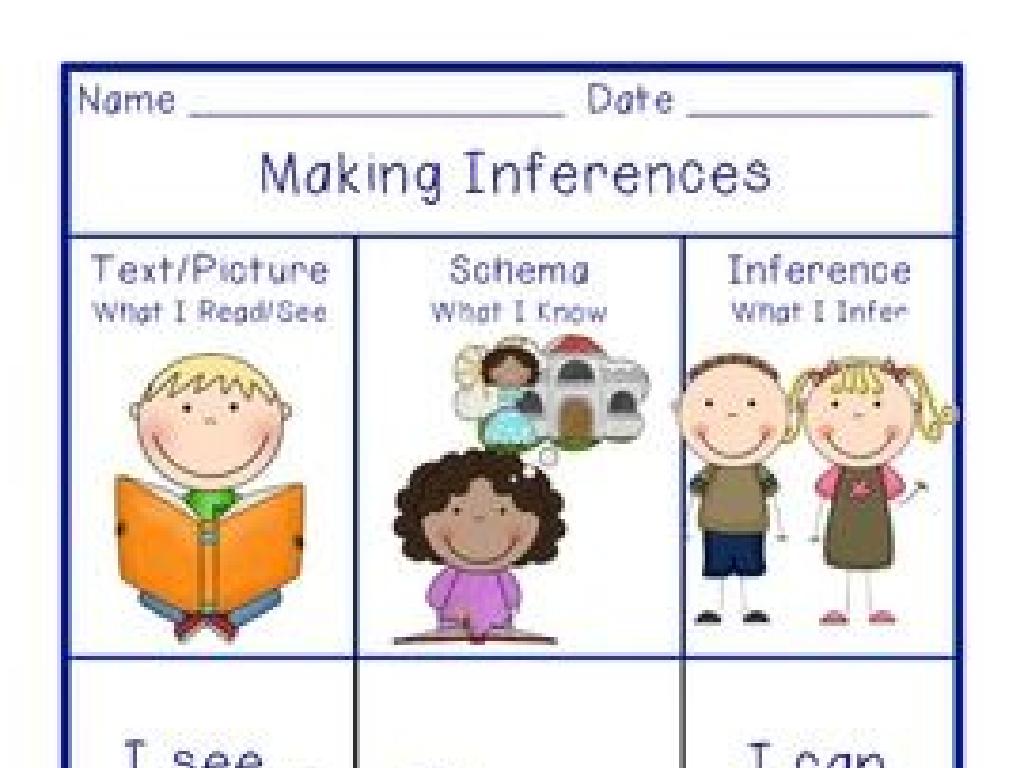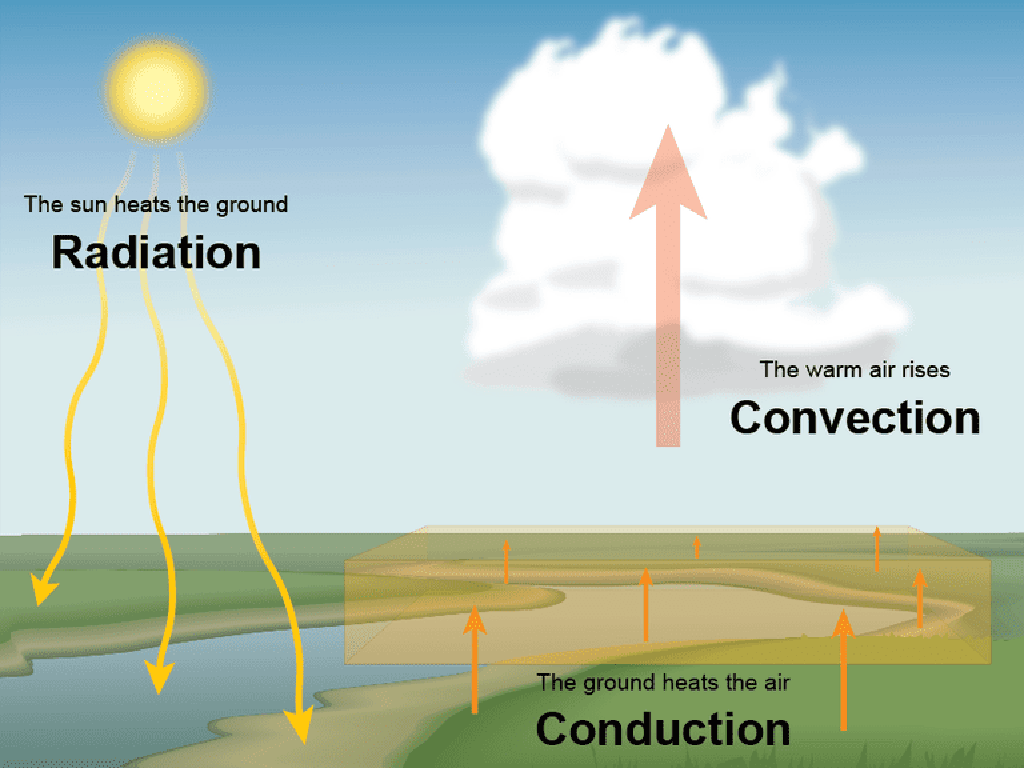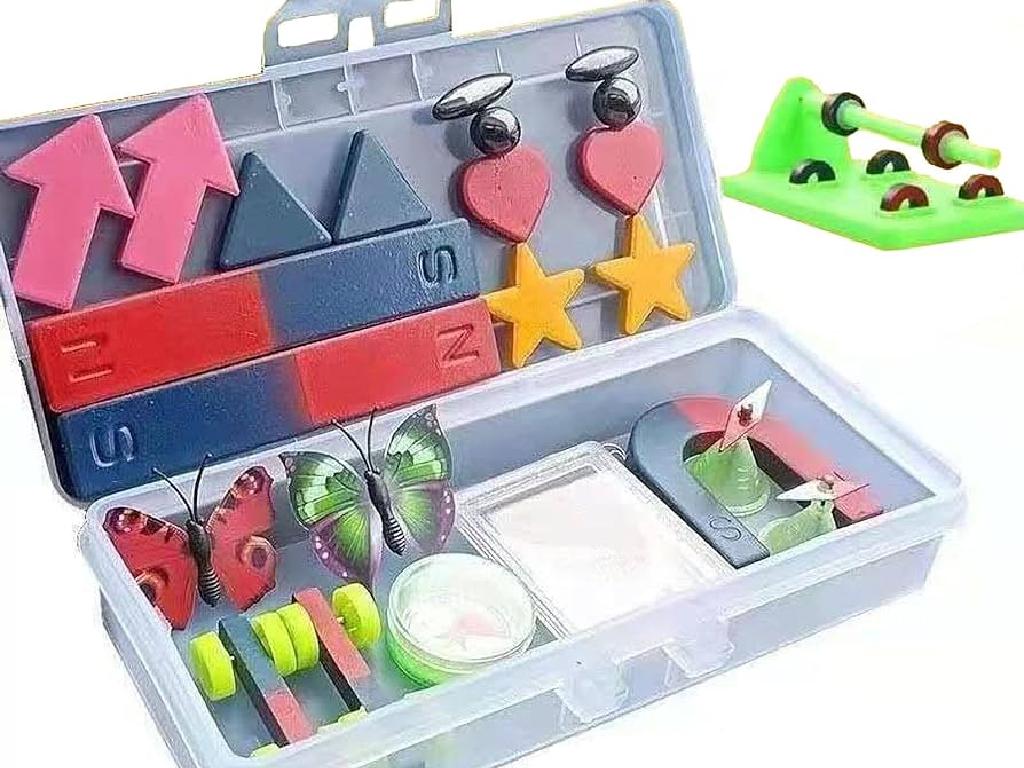Pronoun-Verb Contractions
Subject: Language arts
Grade: Third grade
Topic: Contractions
Please LOG IN to download the presentation. Access is available to registered users only.
View More Content
Exploring Pronoun-Verb Contractions
– Understanding contractions
– A contraction is a shortened form of words like ‘do not’ to ‘don’t’
– Purpose of contractions in English
– They make speaking & writing quicker and more natural
– Common contraction examples
– ‘I am’ becomes ‘I’m’, ‘she will’ becomes ‘she’ll’
– Practice with contractions
– We’ll practice making contractions together in class
|
This slide introduces the concept of contractions, specifically focusing on pronoun-verb contractions, to third-grade students. Begin by explaining that contractions are a way to shorten words to make them easier and faster to say and write, which is why they are often used in everyday English. Provide examples of common contractions and ensure to highlight the apostrophe’s role in replacing omitted letters. Encourage students to think of contractions they already use in daily conversation. As an activity, have students create contractions from given pairs of words and use them in sentences, reinforcing their understanding of how contractions are formed and used.
Understanding Pronouns and Contractions
– What is a Pronoun?
– A word that takes the place of a noun
– Examples of Pronouns
– ‘I’, ‘you’, ‘he’, ‘she’, ‘it’, ‘we’, ‘they’
– Pronouns Prevent Repetition
– They help us not to say the same noun over and over
– Pronoun-Verb Contractions
– When a pronoun and a verb combine in a shortened form
|
This slide introduces the concept of pronouns and their role in creating contractions. Begin by explaining that a pronoun is a word used instead of a noun, which can be a person, place, or thing. Provide examples of pronouns and use them in simple sentences to show how they replace nouns. Highlight how pronouns help make sentences less repetitive. Then, introduce pronoun-verb contractions, such as ‘I’m’ for ‘I am’ or ‘he’s’ for ‘he is’, and explain that contractions make our speech and writing more concise. Encourage students to come up with their own sentences using pronouns and their contractions. This will prepare them for understanding how contractions are formed and used in everyday language.
Understanding Verbs and Contractions
– What is a verb?
– A verb is a word used to describe an action or state.
– Examples: is, are, have, will
– ‘He is’, ‘they are’, ‘I have’, ‘we will’
– Verbs show action or state
– ‘Run’, ‘jump’, and ‘think’ show action. ‘Am’, ‘is’, and ‘are’ show states.
– Contractions with pronouns
– ‘I’m’, ‘they’re’, ‘I’ve’, ‘we’ll’
|
This slide introduces the concept of verbs to the students, explaining that verbs are words that show actions like ‘run’ or ‘jump’, or a state of being such as ‘am’, ‘is’, or ‘are’. Provide examples of verbs and use them in simple sentences to illustrate their meaning. Then, transition to explaining how these verbs can be combined with pronouns to form contractions, such as ‘I’m’ for ‘I am’ and ‘they’re’ for ‘they are’. This will set the foundation for understanding pronoun-verb contractions in the context of contractions. Encourage students to come up with their own examples of verbs and corresponding contractions.
Pronoun-Verb Contractions
– Pronoun + verb = contraction
– When a pronoun and a verb come together, they can be shortened with an apostrophe.
– Examples: I am -> I’m
– More examples: you are -> you’re, he is -> he’s
– Apostrophe replaces letters
– The apostrophe shows where we’ve left out letters, like ‘a’ in I am -> I’m.
– Practice makes perfect!
|
This slide introduces the concept of pronoun-verb contractions to third-grade students. Start by explaining that a contraction is a shortened form of two words, made by combining a pronoun and a verb. The apostrophe takes the place of any omitted letters. Provide clear examples using common contractions and highlight the role of the apostrophe. Encourage students to practice by creating their own examples and to listen for these contractions in everyday conversation. This will help them become more familiar with the concept and understand how contractions are used in writing and speech.
Rules for Pronoun-Verb Contractions
– Specific pronouns and verbs contract
– ‘I am’ becomes ‘I’m’, but ‘he am’ is incorrect
– Apostrophes replace missing letters
– In ‘don’t’, the apostrophe replaces the ‘o’ in ‘do not’
– Not all pairs can be contracted
|
This slide introduces the basic rules for creating pronoun-verb contractions, which are commonly used in everyday English to combine a pronoun with a verb in a shortened form. Emphasize that only certain pronouns and verbs can be contracted, such as ‘I am’ to ‘I’m’, and that the apostrophe is used to show where letters have been omitted, like the ‘o’ in ‘do not’ to form ‘don’t’. It’s important to note that not all pronoun-verb pairs can be contracted, and students should learn which are acceptable. Provide examples and have students practice by writing sentences with and without contractions to see the difference.
Pronoun-Verb Contractions: Examples and Practice
– ‘I will’ becomes ‘I’ll’
– ‘She would’ turns into ‘she’d’
– ‘They have’ changes to ‘they’ve’
– Now it’s your turn to try!
– Use pronouns like ‘he’, ‘we’, ‘you’ and verbs like ‘is’, ‘are’, ‘will’
|
This slide is aimed at providing students with clear examples of pronoun-verb contractions, which are a key component of mastering contractions in English. Start by explaining that contractions are a way to shorten words and make our speech and writing flow better. Show the examples provided, and then encourage the students to create their own contractions using common pronouns and verbs. Provide guidance and support as they practice, and correct any misconceptions. For the activity, you can have students work individually or in pairs to come up with a list of contractions. Consider creating a fun worksheet with sentences where students can fill in the correct contraction or match contractions with their expanded form.
When to Use Contractions
– Contractions in informal settings
– Like talking to friends or in letters
– Avoid in formal writing
– Such as for school essays or letters
– Know when to use contractions
– Is it a casual talk or a school assignment?
– Practice choosing the right setting
– We’ll do activities to learn this!
|
This slide aims to teach third-grade students about the appropriate contexts for using pronoun-verb contractions. Contractions are commonly used in everyday conversation and informal writing, such as when chatting with friends or writing personal letters. However, in formal writing, such as school essays, reports, or official documents, contractions are usually avoided to maintain a formal tone. It’s important for students to understand the difference between informal and formal settings and to be able to determine when it’s appropriate to use contractions. To reinforce this concept, students will engage in activities where they will decide whether to use contractions based on different scenarios, such as writing a letter to a pen pal versus writing a book report.
Class Activity: Contraction Creation
– Pair up for contraction fun
– Write sentences with contractions
– Use ‘I’m’, ‘he’s’, ‘we’re’, etc. in sentences
– Share your sentences aloud
– Learn from each other’s examples
– Listen to friends and discover new contractions
|
This activity is designed to help students practice using pronoun-verb contractions in a fun and interactive way. Have the students pair up and encourage them to write creative sentences using contractions such as ‘I’m’, ‘he’s’, ‘we’re’, etc. After they have written a few sentences, ask them to share with the class. This will allow students to hear different examples of contractions being used in context. As a teacher, facilitate the activity by walking around to assist pairs as needed, and provide feedback or clarification on the contractions used. Possible variations of the activity could include creating a contraction scavenger hunt, contraction matching games, or even writing a short story using as many contractions as possible.
Review & Pop Quiz: Pronoun-Verb Contractions
– Recap on pronoun-verb contractions
– We learned contractions combine a pronoun and a verb
– Fill in the blanks with contractions
– Example: ‘I am’ becomes ‘I’m’
– Submit your quiz at the end
– Great job today, it’s a wrap!
|
This slide is aimed at reviewing the day’s lesson on pronoun-verb contractions and assessing the students’ understanding through a pop quiz. Start by recapping the main points of the lesson, emphasizing the concept of contractions and providing examples. Then, move on to the pop quiz, which should include sentences with blanks for students to fill in with the correct contractions. Encourage students to think about the pronouns and verbs they’ve learned and how they combine to form contractions. Collect the quizzes at the end of the class to assess comprehension. Congratulate the students on their hard work and let them know that they’ve done a great job in today’s lesson.






